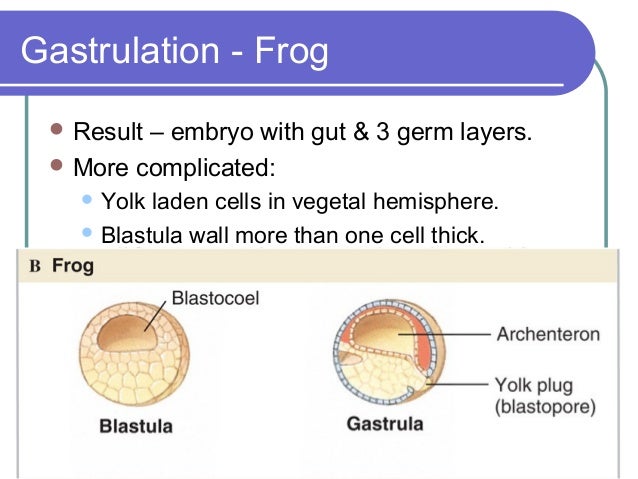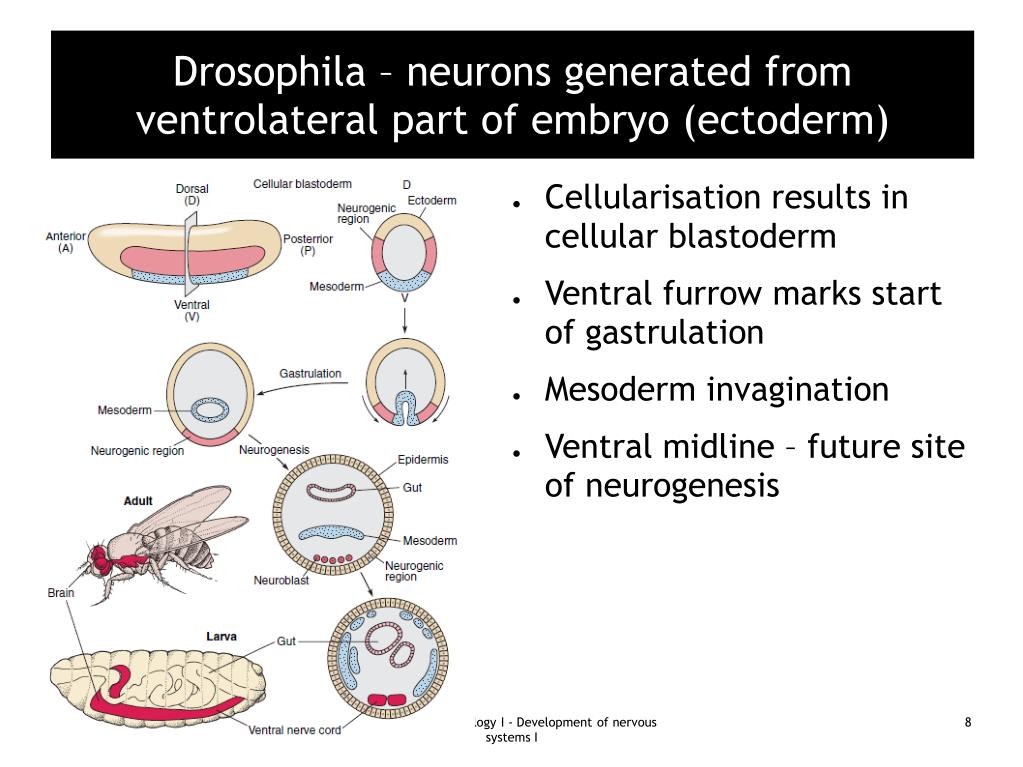

Animals with only endoderm and ectoderm don't need to worry about gas exchange and elimination of nitrogenous waste, because no living cell is so far from the body surface that simple diffusion can't do the trick. Specialized organs: These capabilities came at a price. Indeed, non-bilaterians are deemed incapable of burrowing. Bilaterians, however, display body segmentation in which separate modules of the hydrostatic skeleton can lengthen and shorten, facilitating much more complex movement. Cnidarians show the limits of what a hydrostatic skeleton can do for an animal with a single module. The evolution of the coelom opened many vistas for animal evolution, including significantly expanded locomotor strategies. From there, mesoderm cells proliferate into the space between the endoderm and ectoderm, giving rise to a great range of three-dimensional structures and organs.Įucoelomate coelom schematic from Fueleducation This extension marks the animal's plane of bilateral symmetry. Like the endoderm, they invaginate into the interior, but do so asymmetrically, extending along one side of the archenteron. They are fated to give rise to a third germ layer. For bilaterians, however, it is more complicated.īilaterian Development: Mesoderm: As the illustration indicates, a third basic cell type, mesoderm, is present in the blastula, forming a collar around the large cells of the vegetal pole. In cnidarians, the blastula assumes the form of the planktonic planula larva which then directly develops features of an adult with no front, back, left, or right. In cnidarians and ctenophores, this is simple, as there is only one "mouth." In bilaterians, the blastopore will become either the mouth or the anus, depending on the taxon. The blastopore becomes an opening from the gut to the outside. Ectoderm: Destined to give rise to the outer surface.The space enclosed by the endoderm is the archenteron, the precursor to the cut cavity.

Endoderm: Destined to give rise to the gut and associated structures.The rim of this concavity quickly closes into a small opening, the blastopore.Cells of the "vegetal" hemisphere form a flat plate then invaginate inward, yielding a two layered hemisphere.


 0 kommentar(er)
0 kommentar(er)
